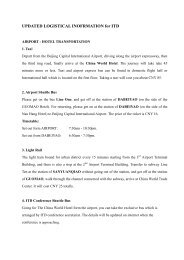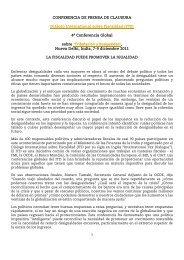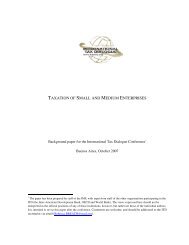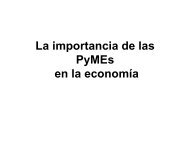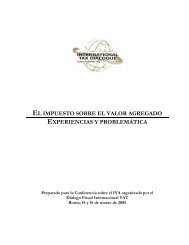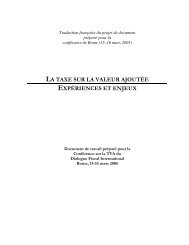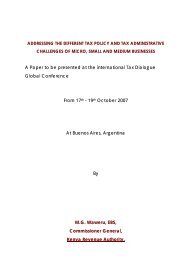Arcotia Hatsidimitris - International Tax Dialogue
Arcotia Hatsidimitris - International Tax Dialogue
Arcotia Hatsidimitris - International Tax Dialogue
You also want an ePaper? Increase the reach of your titles
YUMPU automatically turns print PDFs into web optimized ePapers that Google loves.
38 – 4. GOVERNANCE ARRANGEMENTS<br />
Getting cases off to a good start lays the foundations for an effective and successful programme<br />
of transfer pricing audits and enquiries. But transfer pricing audits and enquiries are complex and<br />
resource intensive. For this reason they benefit from regular oversight at a senior level. The precise<br />
arrangements that tax administrations put in place are necessarily tailored to suit the scale of their<br />
transfer pricing programmes and the size of their organisations. Some countries have put in place<br />
management and governance arrangements that are specific to transfer pricing. Generally speaking<br />
these arrangements all aim to give senior managers a good overview of the current status of transfer<br />
pricing audits and enquiries that are underway and the opportunity to intervene at key stages. It also<br />
makes it easier to ensure that there is a consistency of approach to transfer pricing issues. Examples of<br />
different approaches to governance are shown in Boxes 4-6.<br />
Box 4. Transfer Pricing Governance Arrangements in Denmark<br />
In Denmark, SKAT have recently created a transfer pricing board to oversee their programme of<br />
audits and enquiries. The board comprises the heads of the audit units and the head of the central<br />
transfer pricing team. It is responsible for reviewing all complex and material cases. The most<br />
complex cases will go on the board twice. The review of the case will generally be based on a 1-3<br />
page paper that is prepared by the audit team, but in simpler cases the review can also be based on<br />
an oral presentation from the head of the audit team in question. Based on these reviews, cases will<br />
be prioritised; specialists brought in, cases progressed or closed. The board replaces a central<br />
approval system under which all transfer pricing income adjustments had to be approved by the<br />
central transfer pricing office. In consideration of time constraints of the board, very simple and<br />
straightforward cases are not presented to the board, but in order maintain an overview of the case<br />
portfolio. SKAT also maintains a complete list of all working cases to ensure that they are subject to<br />
review and oversight at the right time.<br />
Box 5. Transfer Pricing Governance Arrangements in Canada<br />
In Canada there is no transfer pricing board but there is a central committee that is tasked with the<br />
oversight of cases involving “re-characterisation” of transactions undertaken, which involves a<br />
specific provision in the Canadian code. This committee reviews a case 3 times. In the 1 st stage, a<br />
case is approved and guidance is provided regarding audit steps. In the 2 nd stage, the case is<br />
reviewed again centrally as the taxpayer must be informed that the provision is being invoked at this<br />
stage. Senior managers from the tax avoidance team are brought in at this stage, as the provision is<br />
regarded as having some of the features of a General Anti-Avoidance Rule. In the 3 rd stage, a final<br />
determination is made to re-characterise transactions and lawyers will be involved in this stage of<br />
the process.<br />
DEALING EFFECTIVELY WITH THE CHALLENGES OF TRANSFER PRICING © OECD 2012





